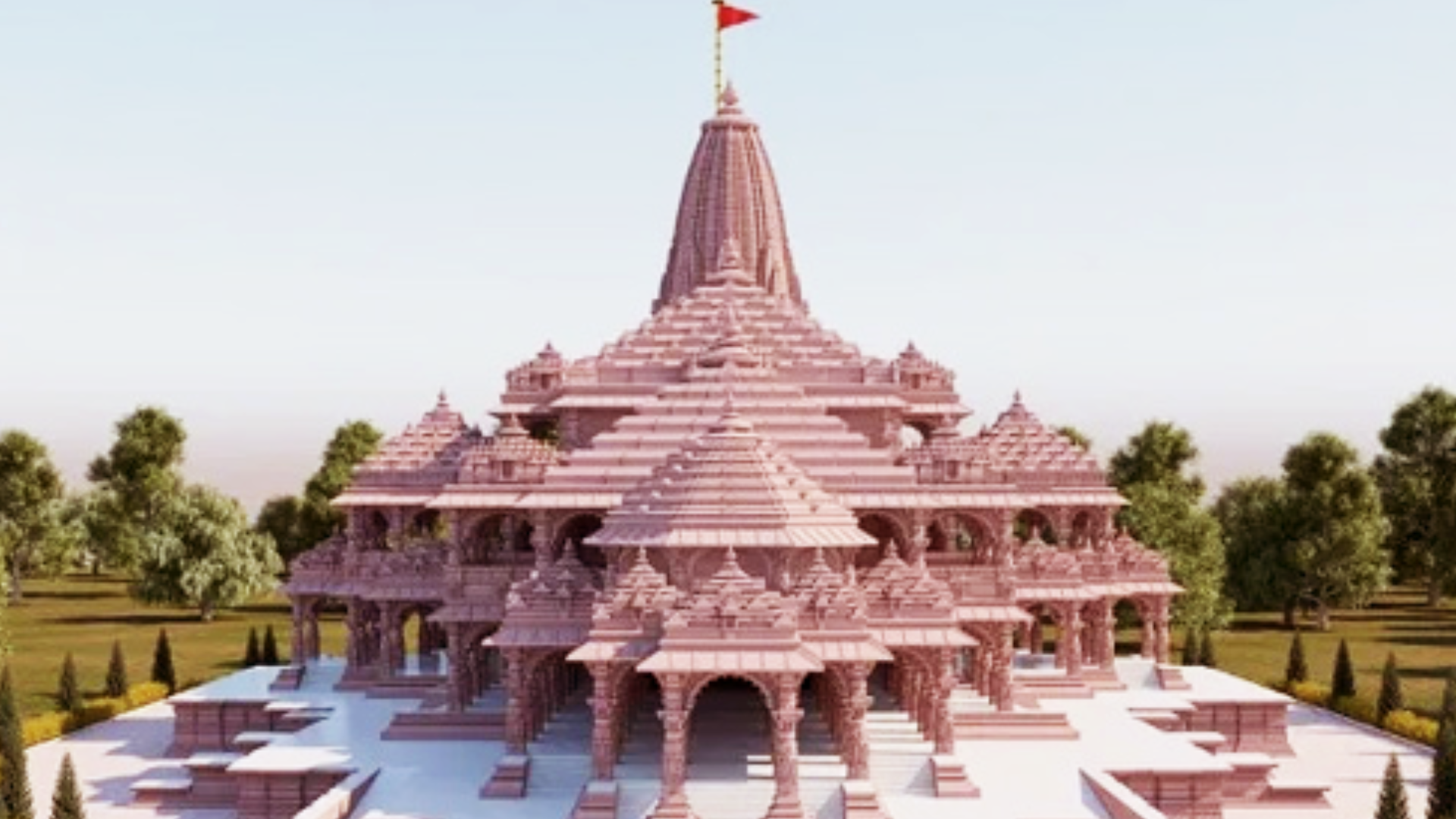


The Hindu temple known as Shri Ram Mandir, situated in Ayodhya, Uttar Pradesh, is dedicated to Lord Shri Rama and is believed to have been constructed at Ram Janmabhoomi, the birthplace of Lord Shri Rama. This temple holds deep cultural and religious significance for Hindus, reflecting the spiritual heritage associated with Lord Rama.
Rama, considered an incarnation of Vishnu, is a prominent Hindu deity born in Ayodhya, as narrated in the ancient Indian epic, Ramayana. The epic details the life and adventures of Lord Rama, born to King Dasharatha and Queen Kaushalya. The city of Ayodhya, formerly known as Saketa, had a rich heritage dating back to the fifth or sixth century BC, situated on the banks of the Sarayu River. Ayodhya served as the capital of the ancient Kosala Kingdom and the birthplace of Lord Rama, presided over by illustrious rulers like Ikshvaku, Dasharatha, and Ram.
Described as a magnificent city adorned with grand palaces, lush gardens, and noble citizens in the Ramayana, Ayodhya depicts a utopian society under Rama’s rule, emphasizing justice, virtue, and compassion. The sacred Janmabhoomi, believed to be the exact spot of Rama’s birth, became a focal point of historical and religious controversy.
The history leading to the re-establishment of the Ram Temple involves a controversy around the construction of the Babri Mosque during the Mughal period. Local Hindu belief, rooted in the Ramayana, asserts that the mosque was built on the birthplace of Lord Rama.
In the 16th century, the temple faced destruction by Babur during his temple raids, leading to the construction of the Babri Masjid. The first instance of religious violence was documented in 1853, and legal battles over ownership ensued. The Ram Mandir movement gained momentum in 1989, marked by the Vishva Hindu Parishad’s foundation stone-laying ceremony at the disputed site, supported by then-Prime Minister Rajiv Gandhi.
The culmination of the Ram Janmabhoomi movement occurred on December 6, 1992, with the violent demolition of the Babri Mosque by kar sevaks organized by the VHP and BJP. This event triggered inter-communal riots and legal battles over the disputed site.
The Supreme Court delivered a landmark verdict on November 9, 2019, favoring the construction of a Ram temple at the Janmabhoomi site and allocating a separate piece of land for a mosque. Subsequently, the Shri Ram Janmabhoomi Teerth Kshetra was formed to oversee the temple construction.
The construction officially began in March 2020, with the foundation stone-laying ceremony conducted by Prime Minister Narendra Modi on August 5, 2020. The Bhoomi Poojan ceremony preceded the event, involving Vedic rituals and the installation of a foundation stone.
The scheduled consecration ceremony for the installation of the Lord Ram idol in the garbhagriha is set for January 22, 2024, with Prime Minister Narendra Modi receiving a formal invitation to attend this auspicious event.